Home>Gardening & Outdoor>Pool & Spa Care>How Does Hot Tub Affect Blood Pressure


Pool & Spa Care
How Does Hot Tub Affect Blood Pressure
Modified: February 26, 2024
Discover the impact of hot tubs on blood pressure and learn how to maintain optimal pool and spa care for your health. Explore expert tips and advice.
(Many of the links in this article redirect to a specific reviewed product. Your purchase of these products through affiliate links helps to generate commission for Storables.com, at no extra cost. Learn more)
**
Introduction
**
So, you're considering adding a hot tub to your backyard oasis, but you're wondering how it might affect your blood pressure. Well, you're in the right place! In this article, we'll explore the fascinating relationship between hot tubs and blood pressure. We'll delve into the science behind blood pressure, the potential impacts of soaking in a hot tub, and the precautions to keep in mind. By the end, you'll have a clearer understanding of how hot tubs can influence blood pressure and whether they might be beneficial for you.
Let's dive in!
**
Key Takeaways:
- Soaking in a hot tub can lower blood pressure by improving circulation and promoting relaxation, but it’s important to stay hydrated and limit time in hot water to avoid dehydration and overheating.
- Hot tub therapy can be beneficial for blood pressure, but individuals with cardiovascular concerns should consult a healthcare professional before incorporating hot tub sessions into their routine. Prioritizing safety and responsible usage is key for enjoying the potential benefits.
Read more: How To Adjust Pressure Switch On Hot Tub
Understanding Blood Pressure
**
Before delving into the effects of hot tubs on blood pressure, it's crucial to grasp the basics of this vital physiological parameter. Blood pressure is the force exerted by circulating blood against the walls of the arteries. It consists of two measurements: systolic pressure, which represents the force when the heart beats, and diastolic pressure, which reflects the force when the heart is at rest between beats. Typically, blood pressure is expressed as systolic over diastolic pressure, such as 120/80 mm Hg.
Maintaining healthy blood pressure is essential for overall well-being. Elevated blood pressure, known as hypertension, can strain the heart and blood vessels, potentially leading to serious health complications such as heart disease, stroke, and kidney problems. On the other hand, low blood pressure, or hypotension, may result in dizziness, fainting, and inadequate blood flow to vital organs.
Various factors can influence blood pressure, including diet, physical activity, stress levels, and temperature. In the context of hot tub use, the impact of heat and immersion on blood pressure warrants exploration. With this foundational understanding of blood pressure, let's proceed to investigate how soaking in a hot tub may affect this crucial physiological parameter.
**
The Effects of Hot Tub on Blood Pressure
**
Now, let’s uncover the intriguing relationship between hot tubs and blood pressure. When you immerse yourself in a hot tub, several physiological responses occur within your body. The warm water causes your blood vessels to dilate, leading to improved circulation and potentially lowering blood pressure. This dilation, known as vasodilation, allows blood to flow more easily through the vessels, reducing the resistance against the artery walls and subsequently decreasing blood pressure.
Furthermore, the buoyancy provided by the water reduces the effects of gravity on your body, promoting relaxation and alleviating pressure on your cardiovascular system. As a result, your heart rate may decrease, contributing to a more relaxed state and potentially influencing blood pressure levels.
It’s important to note that the effects of hot tub use on blood pressure can vary among individuals. Factors such as pre-existing medical conditions, medications, and overall cardiovascular health can influence how a person’s blood pressure responds to hot tub immersion. Therefore, it’s advisable for individuals with cardiovascular concerns to consult with a healthcare professional before incorporating hot tub sessions into their routine.
While the immediate effects of hot tub use on blood pressure may include temporary reductions, the long-term impact is less clear. Some studies suggest that regular hot tub therapy may contribute to overall cardiovascular health, potentially aiding in blood pressure management. However, it’s essential to approach hot tub use as a complementary aspect of a healthy lifestyle, including regular exercise, a balanced diet, and stress management practices.
It’s worth mentioning that excessive heat exposure, such as prolonged periods in extremely hot water, can lead to dehydration and potentially elevate blood pressure. Therefore, moderation is key when enjoying your hot tub, and staying hydrated is crucial for maintaining overall well-being.
As we unravel the effects of hot tubs on blood pressure, it’s evident that the relationship is multifaceted and influenced by various physiological and environmental factors. Understanding these dynamics empowers individuals to make informed decisions about incorporating hot tub therapy into their wellness routine.
**
If you have high blood pressure, it’s important to talk to your doctor before using a hot tub. Soaking in a hot tub can cause your blood pressure to drop, which may be dangerous if you already have low blood pressure or are taking medication to lower your blood pressure. Always consult with a healthcare professional before using a hot tub if you have any concerns about your blood pressure.
Risks and Precautions
**
While hot tubs can offer relaxation and potential benefits for blood pressure, it’s important to be mindful of certain risks and take necessary precautions to ensure a safe and enjoyable experience.
-
Dehydration:
Prolonged exposure to hot water can lead to dehydration, which may manifest as dizziness, confusion, and decreased urine output. It’s crucial to stay hydrated by drinking water before, during, and after hot tub use.
-
Overheating:
Extended periods in a hot tub, especially in water above 104°F (40°C), can cause overheating, leading to symptoms such as nausea, lightheadedness, and fainting. It’s advisable to limit hot tub sessions to 15-30 minutes and exit the tub if you experience discomfort.
-
Medical Conditions:
Individuals with cardiovascular issues, including high or low blood pressure, should consult their healthcare provider before using a hot tub. Similarly, pregnant women, individuals with diabetes, and those taking medications that affect blood pressure should seek medical guidance to assess the suitability of hot tub use.
-
Hygiene:
Proper maintenance and regular cleaning of the hot tub are essential to prevent bacterial growth and ensure a hygienic environment. Following manufacturer guidelines for water treatment and maintaining appropriate chlorine or bromine levels is crucial for safe usage.
-
Children and Elderly:
Supervision is necessary when children and elderly individuals use the hot tub to prevent accidents and ensure they adhere to safe usage practices. Additionally, elderly individuals should be cautious when entering and exiting the hot tub to avoid slips and falls.
By being aware of these risks and implementing the recommended precautions, hot tub enthusiasts can mitigate potential hazards and optimize the benefits of hot tub therapy. Prioritizing safety and responsible usage is fundamental for enjoying the therapeutic effects of hot tubs while minimizing associated risks.
**
Conclusion
**
As we conclude our exploration of the relationship between hot tubs and blood pressure, it’s evident that hot tub therapy can have both immediate and potential long-term effects on this vital physiological parameter. The warm water and buoyancy of a hot tub create an environment that may promote relaxation, improve circulation, and influence blood pressure levels. However, it’s essential to approach hot tub use with mindfulness and awareness of individual health considerations.
For individuals with cardiovascular concerns, consulting a healthcare professional before incorporating hot tub sessions into their routine is paramount. Understanding the potential risks, such as dehydration and overheating, and implementing necessary precautions can help ensure a safe and beneficial hot tub experience.
Ultimately, hot tubs can be a valuable component of a holistic approach to health and wellness, complementing practices such as regular exercise, stress management, and a balanced diet. By embracing the therapeutic potential of hot tubs while prioritizing safety and responsible usage, individuals can harness the relaxation and potential benefits for blood pressure management that hot tubs offer.
So, whether you’re seeking a tranquil retreat in your backyard oasis or considering hot tub therapy as part of your wellness routine, understanding the dynamics between hot tubs and blood pressure empowers you to make informed decisions for your well-being. With proper knowledge, precautions, and a focus on holistic wellness, you can embark on a journey of relaxation and potential health benefits through the soothing embrace of a hot tub.
Now, go ahead and indulge in the warmth and serenity of your hot tub, knowing that you’re equipped with the insights to make the most of this rejuvenating experience!
Frequently Asked Questions about How Does Hot Tub Affect Blood Pressure
Was this page helpful?
At Storables.com, we guarantee accurate and reliable information. Our content, validated by Expert Board Contributors, is crafted following stringent Editorial Policies. We're committed to providing you with well-researched, expert-backed insights for all your informational needs.
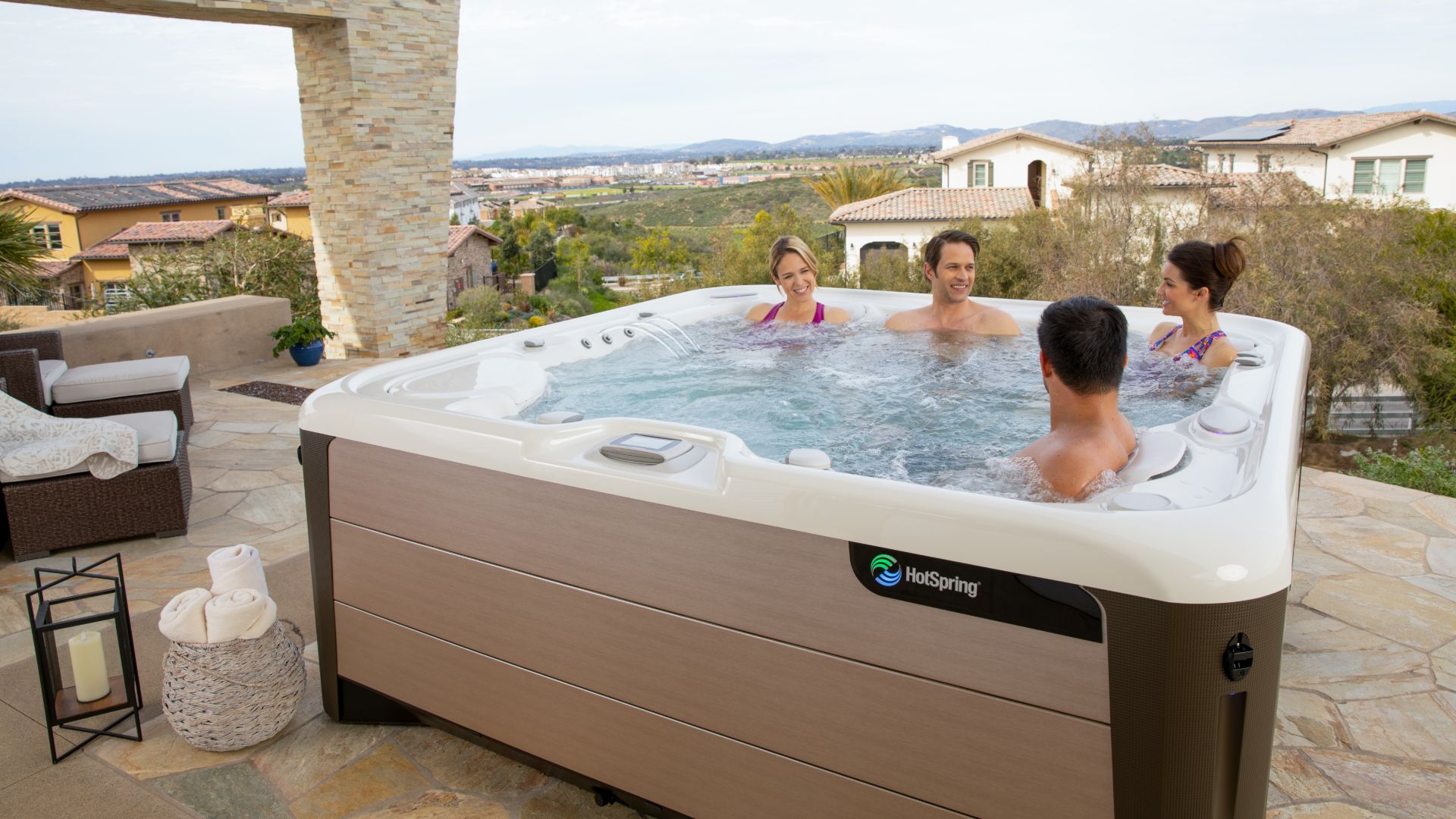

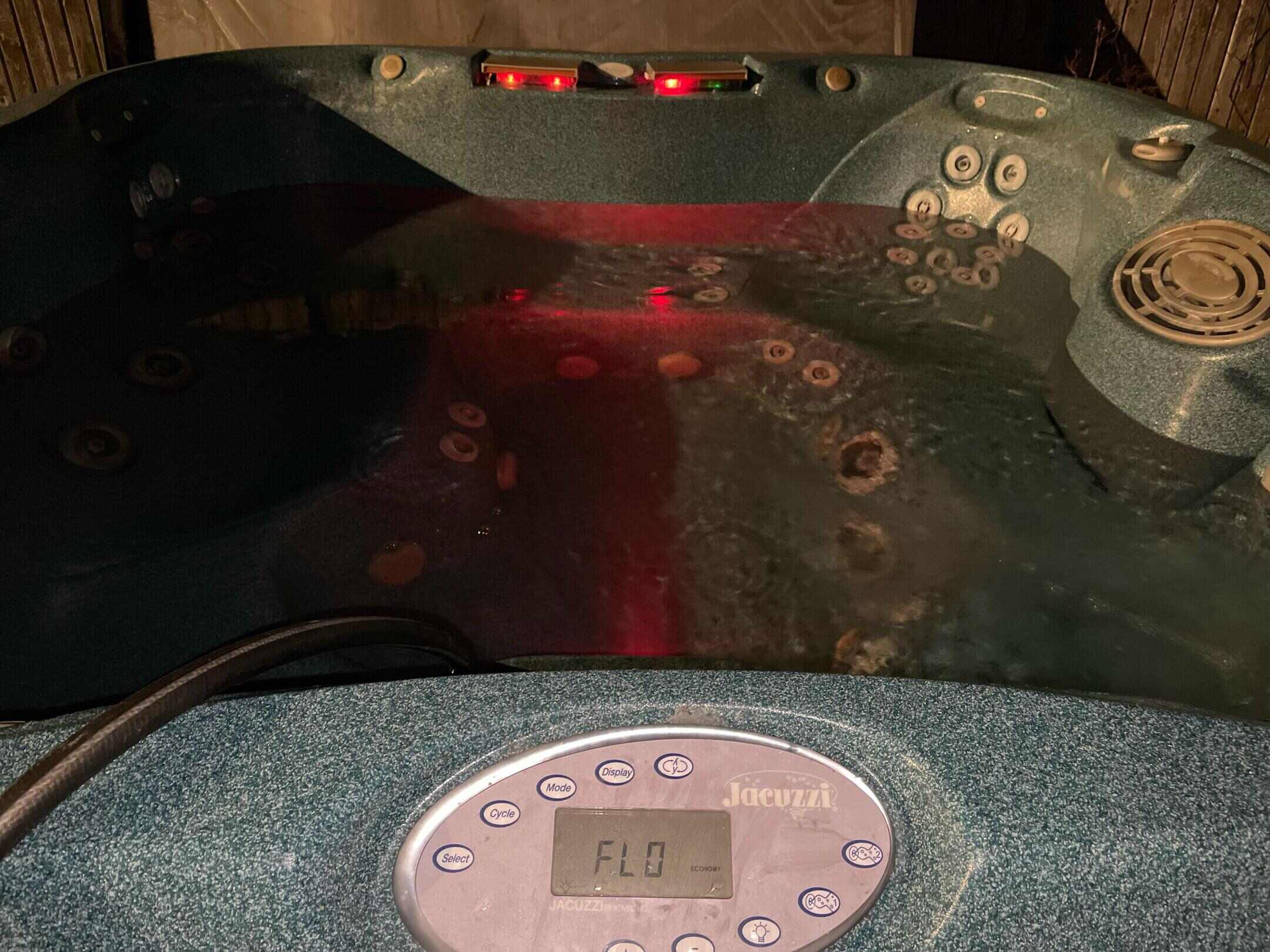
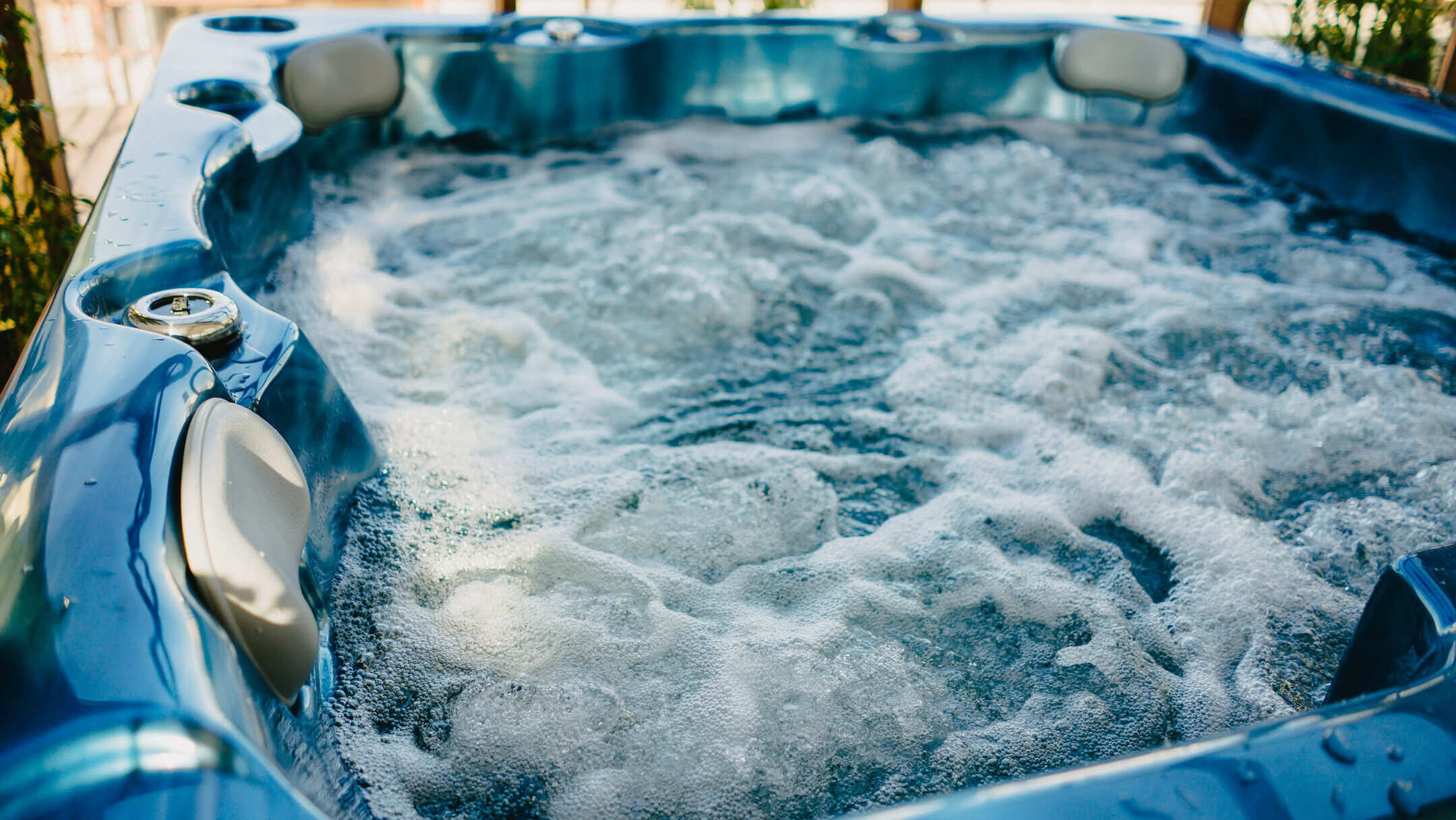
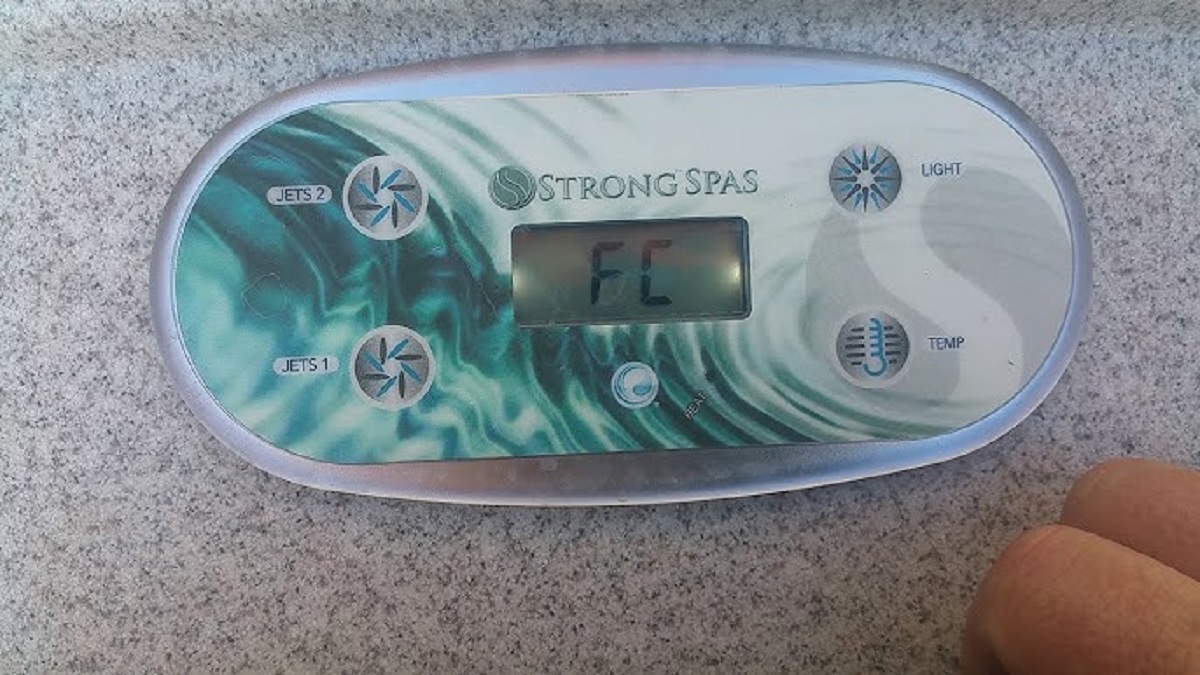
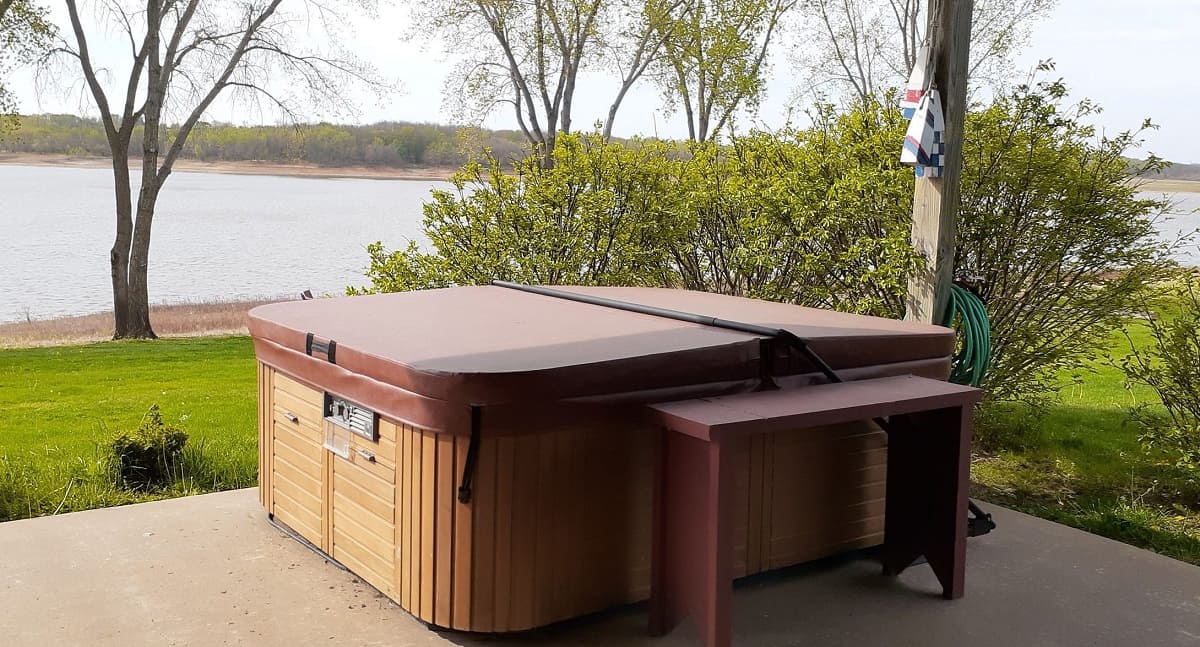
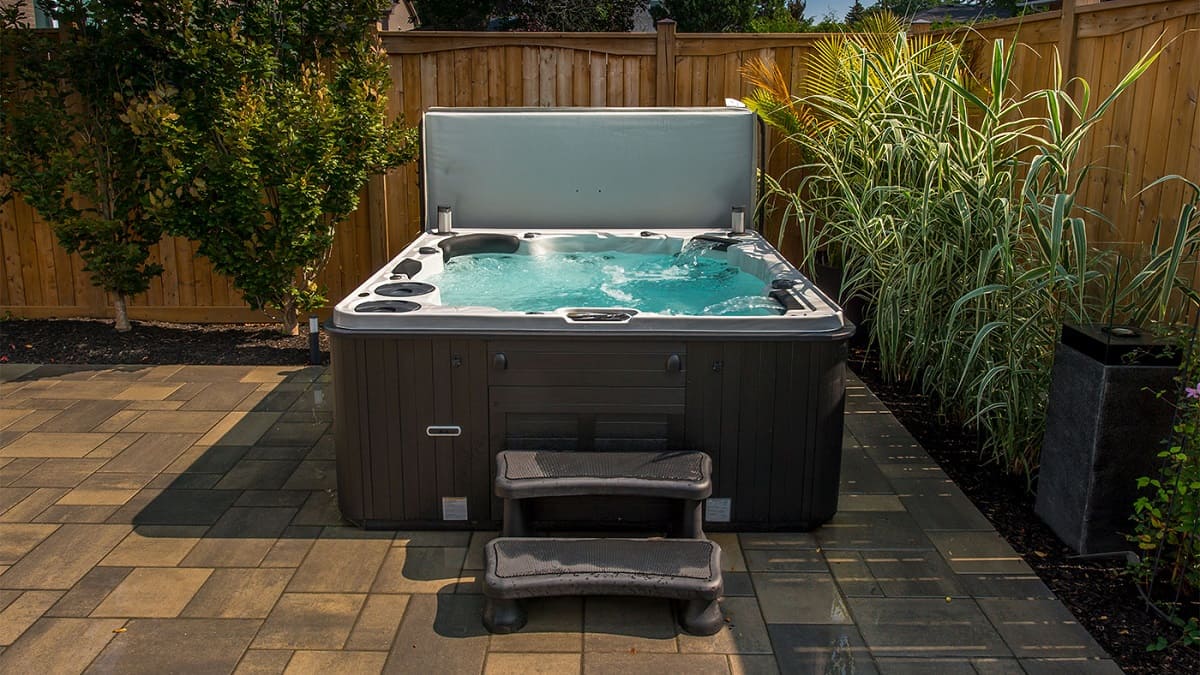
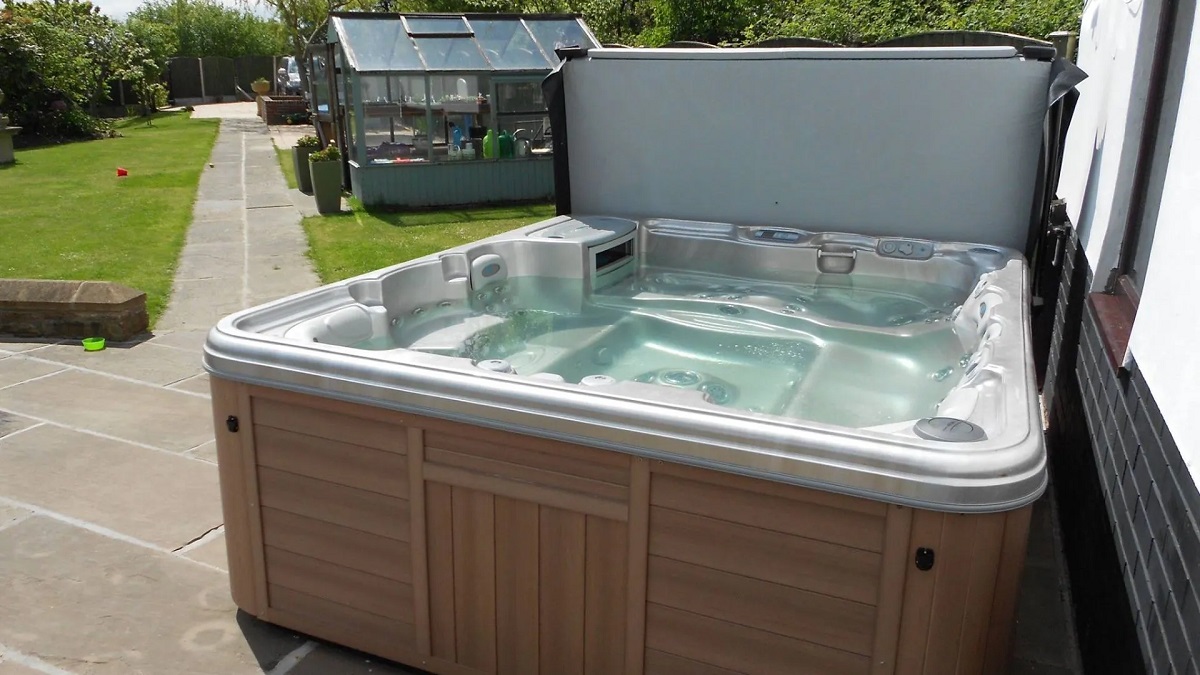
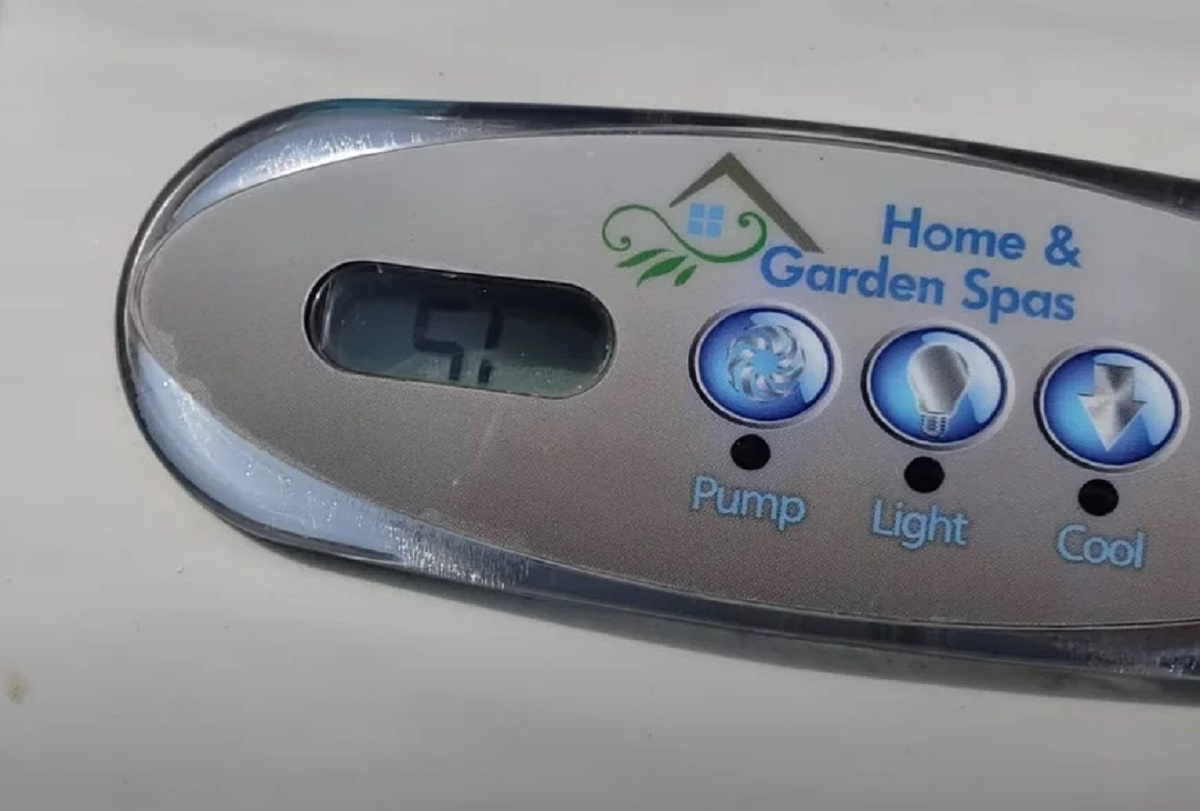
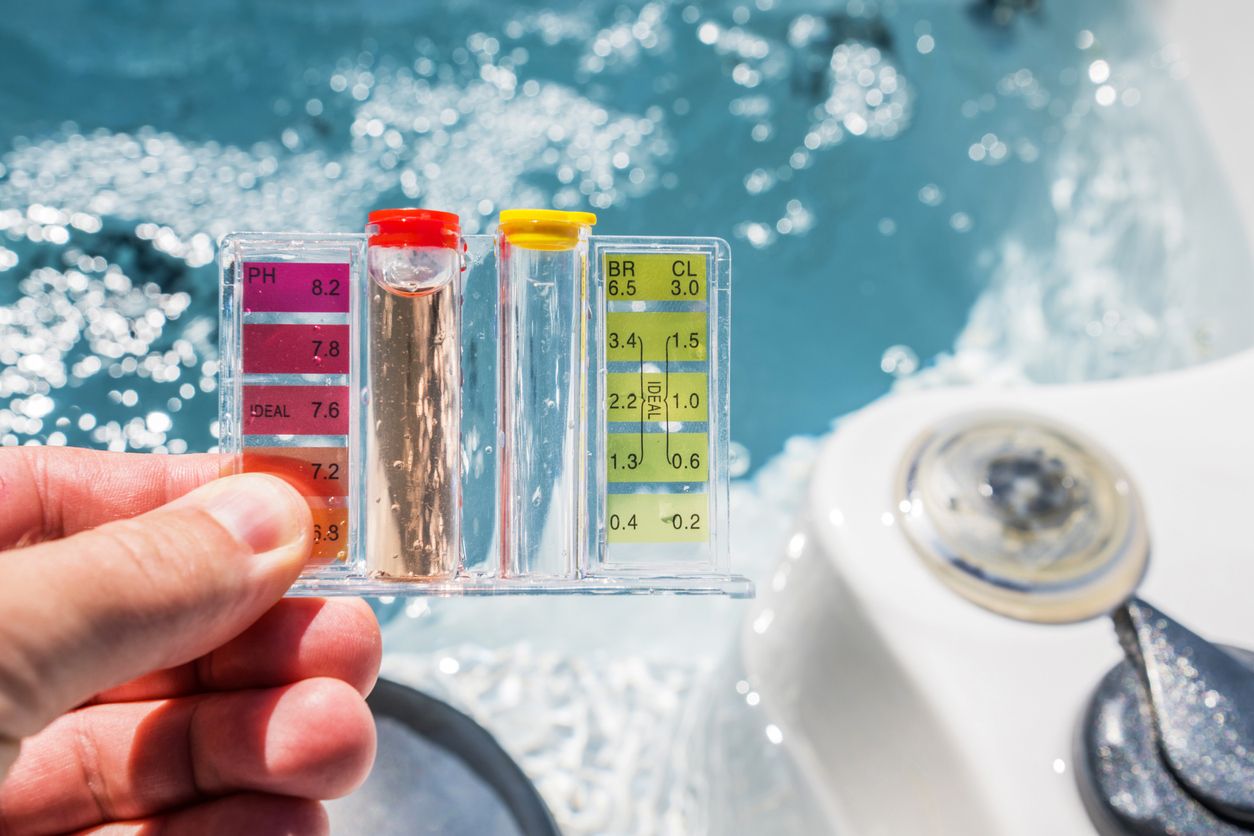

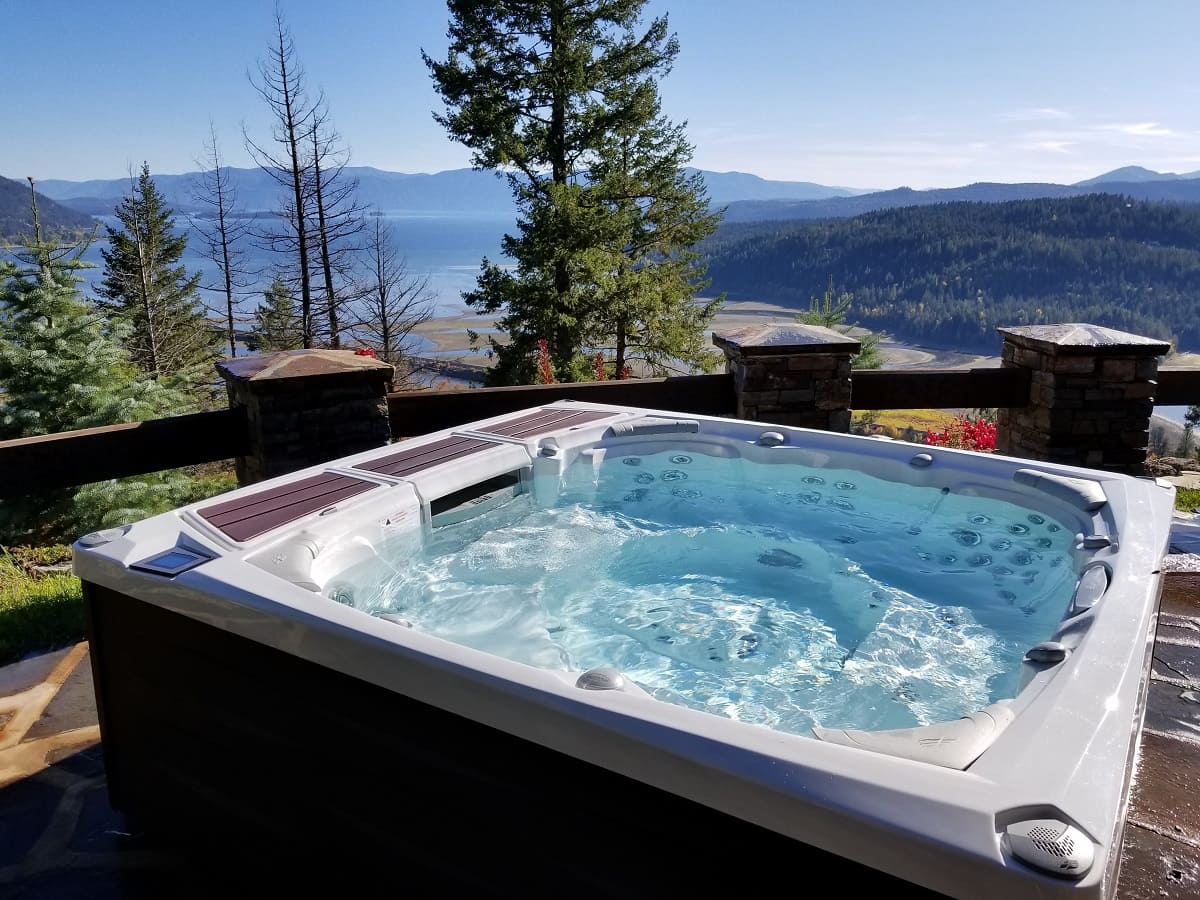

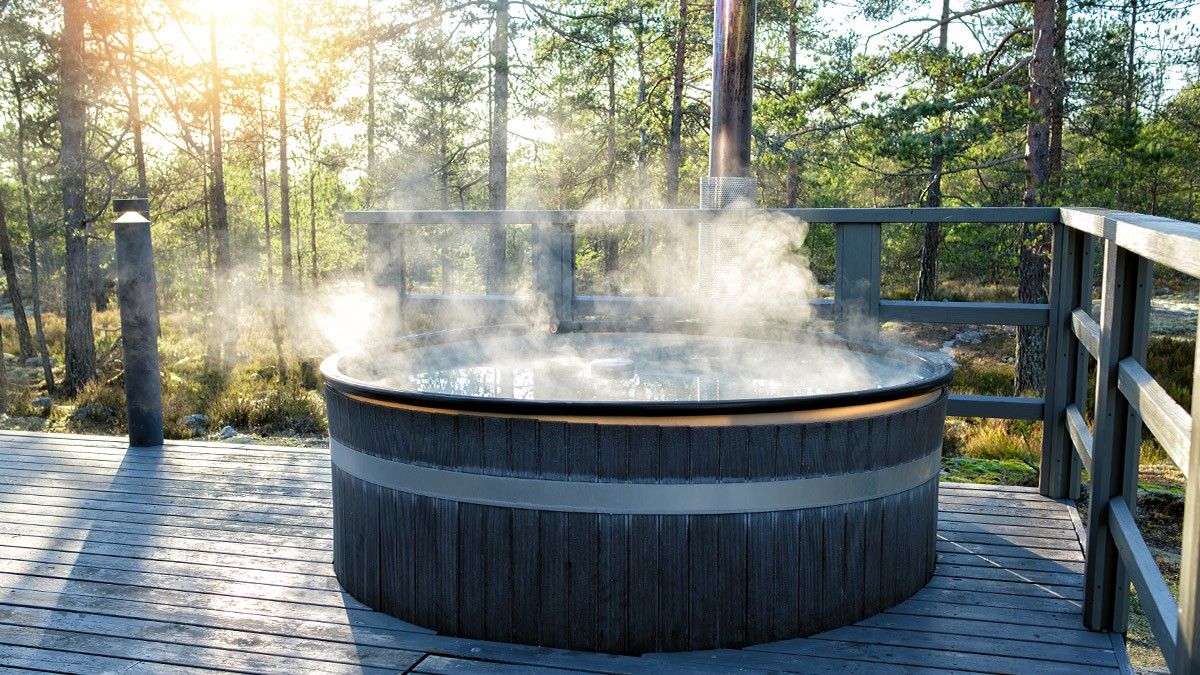
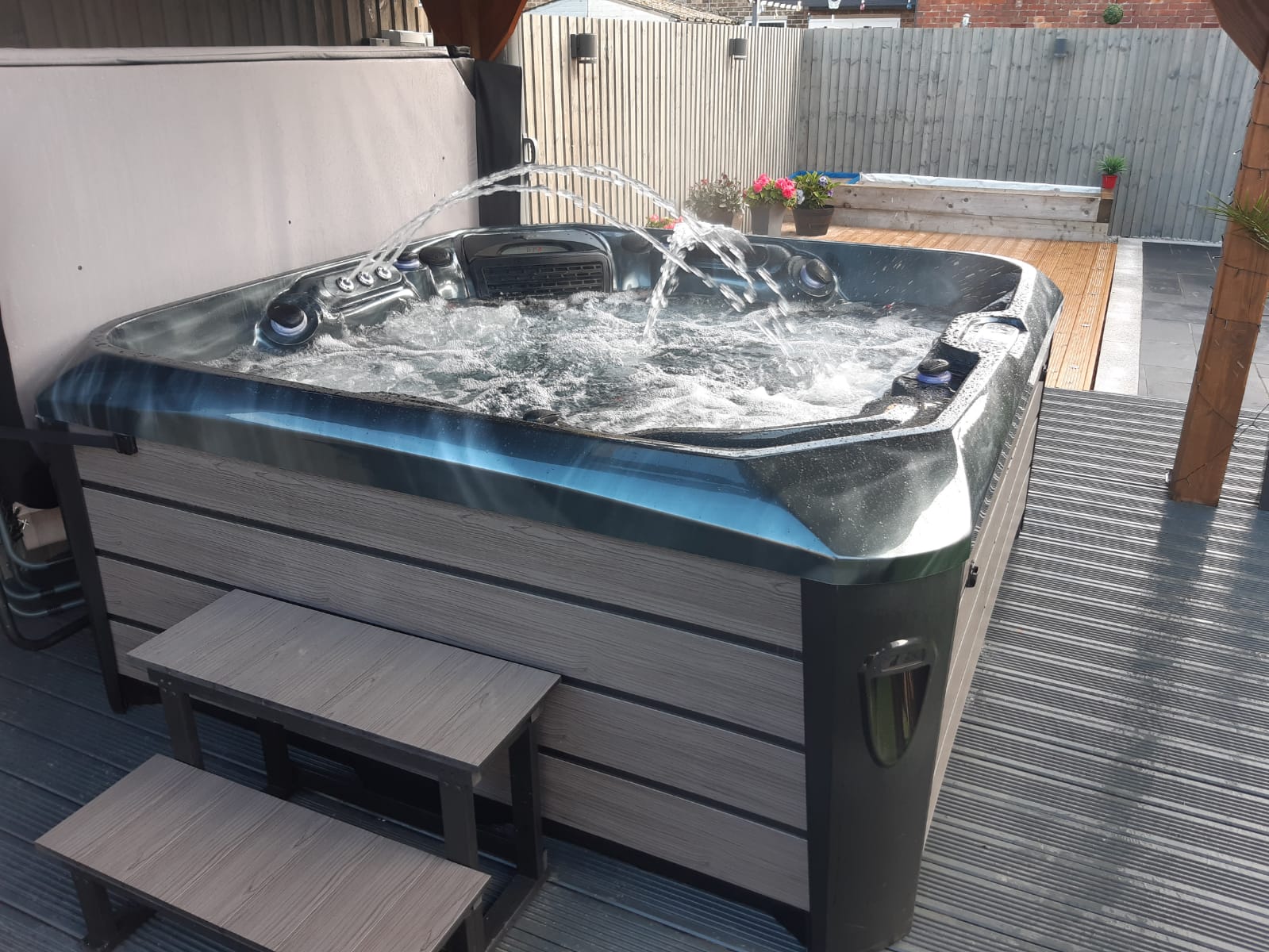

0 thoughts on “How Does Hot Tub Affect Blood Pressure”